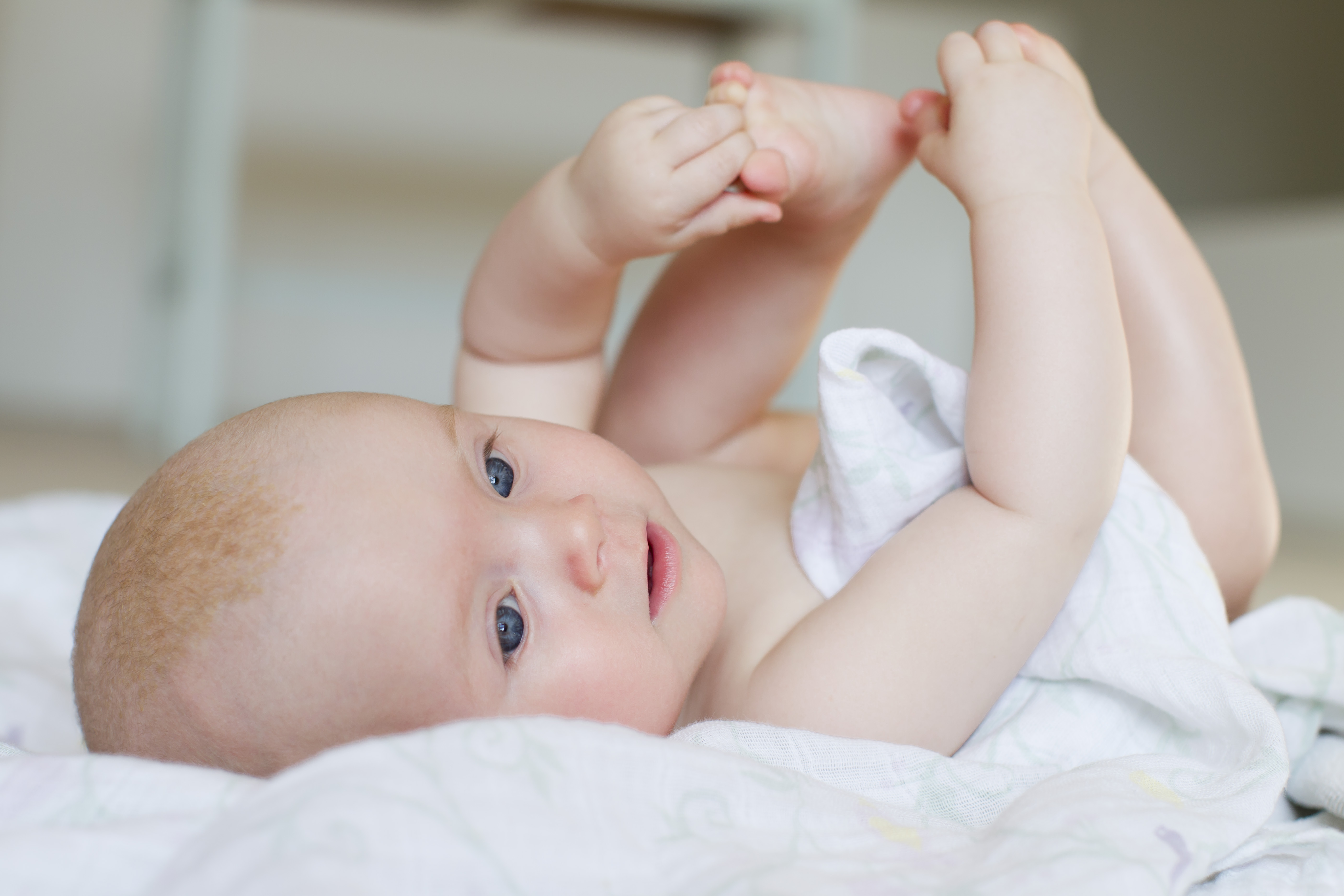Baby Clothing Style Guide - What to Wear and When, Tips for Parents

In the intricate dance of parenting, the question of whether children should choose their own outfits stands out as both a trivial and deeply significant matter. This article explores this topic, offering insights and strategies for navigating the challenges and opportunities it presents.
Understanding the Importance of Choice
Allowing children to pick their own clothes, like baby girl rompers, is more than a simple matter of wardrobe selection; it's a step towards independence and self-expression. When children choose their outfits, they learn to make decisions and express their personalities.
This freedom, however, comes with challenges. Parents may worry about appropriateness, weather suitability, and social norms. Balancing these concerns with a child’s desire for autonomy is key.
The Role of Age and Development
The appropriateness of self-selection in clothing varies with age. Toddlers often enjoy picking out bright, mismatched clothes as a way to assert their independence. As children grow, their choices become more influenced by peers and media. Understanding developmental stages helps parents guide their children's choices without overtaking them.
Setting Boundaries and Guidelines
Parents can set boundaries that allow children freedom within a framework. For instance, you might allow your child to choose any outfit, as long as it's weather-appropriate and meets school dress codes. This approach teaches children to make choices within certain constraints, a valuable life skill.
The Impact on Self-Esteem and Confidence
Choosing their own clothes can boost a child's self-esteem and confidence. When a child's choice is respected, they feel valued and capable. This empowerment can extend to other areas of their life, fostering a sense of independence and self-assuredness.
Navigating Social Norms and Peer Pressure
As children grow, they become more aware of fashion and peer judgments. This can make clothing choices more contentious. Parents can help by discussing social norms and encouraging individuality. It’s important to balance the desire to fit in with the importance of being oneself.
Practical Tips for Harmonious Mornings
To avoid morning battles, strategies such as setting out clothes the night before or having a weekly wardrobe plan can be effective. Parents can also involve children in shopping for clothes, giving them a say in their wardrobe, while steering them towards suitable options.
Encouraging Creativity and Expression
One of the joys of childhood is the uninhibited expression of self. Clothing is a canvas for this expression. Encouraging children to experiment with colors, patterns, and styles can foster creativity. It's important for parents to recognize that these choices are harmless ways for children to explore their identities. While a tutu paired with rain boots might not be a conventional choice, it's a harmless expression of a child’s evolving taste and should be celebrated as such.
Managing Practical Considerations
Practicality is a key consideration in children choosing their own clothes. Parents must ensure that the child’s wardrobe contains season-appropriate, comfortable, and durable items. It's also essential to consider the day's activities. For instance, certain clothes might be better suited for a day at the park than for a formal family gathering. Parents can guide their children in understanding these practical aspects.
Fostering Responsibility and Independence
By giving children the responsibility to choose their own clothes, they also learn about taking care of their belongings. This includes understanding the importance of laundry cycles, the need to keep clothes clean and the responsibility of organizing their wardrobe. These are important steps towards independence.
Dealing with Disagreements
Disagreements over clothing choices are inevitable. It's important for parents to choose their battles. If a clothing choice is not harmful or inappropriate, allowing the child to make that choice can be a good learning experience. For more significant disagreements, parents can explain their reasoning and offer alternatives. It’s a delicate balance between guidance and control.
The Role of Parental Influence
Parents are role models for their children, and this extends to clothing choices. Children often imitate the style and preferences of their parents. Being mindful of your own choices and the messages they send can be important. Demonstrating a balanced approach to fashion and self-expression can set a positive example.
Embracing Change and Growth
As children grow, their clothing preferences will change. What was once a favorite outfit may suddenly become the least preferred. Parents need to be flexible and understand that these changes are part of growing up. Encouraging children to donate old clothes can be a way to teach them about letting go and helping others.






